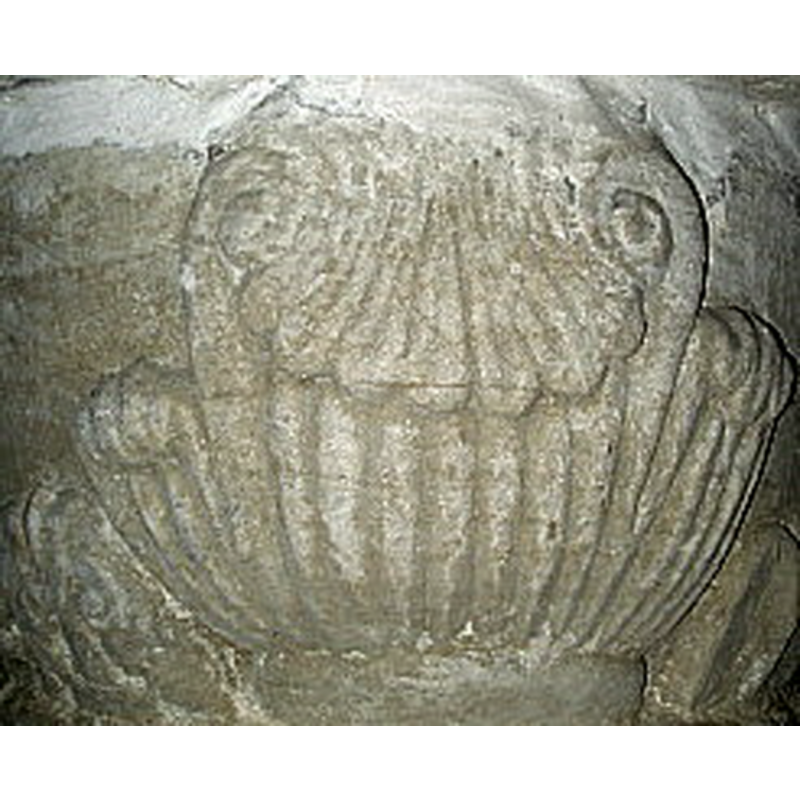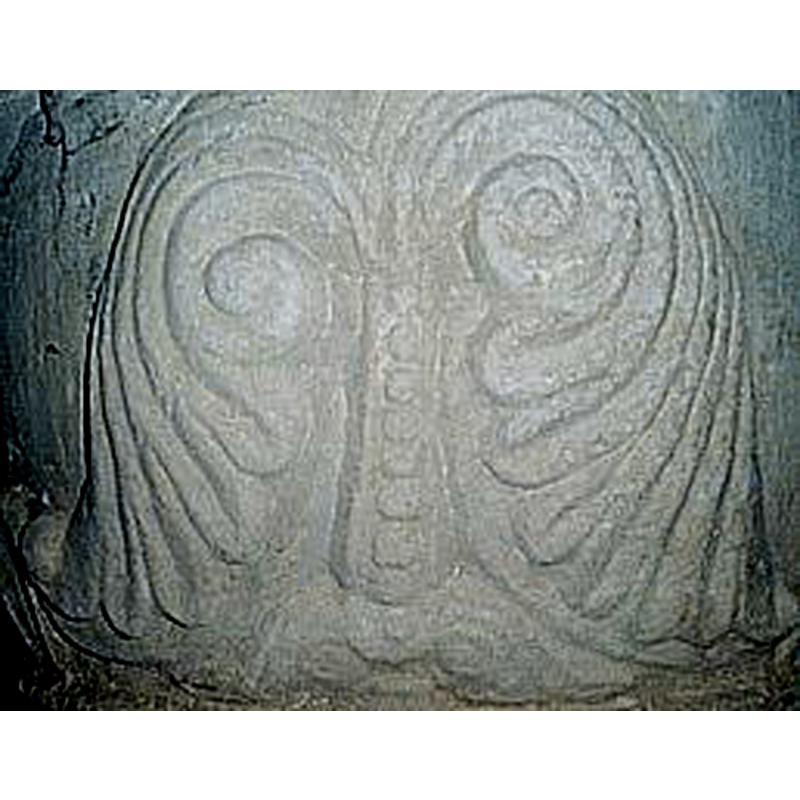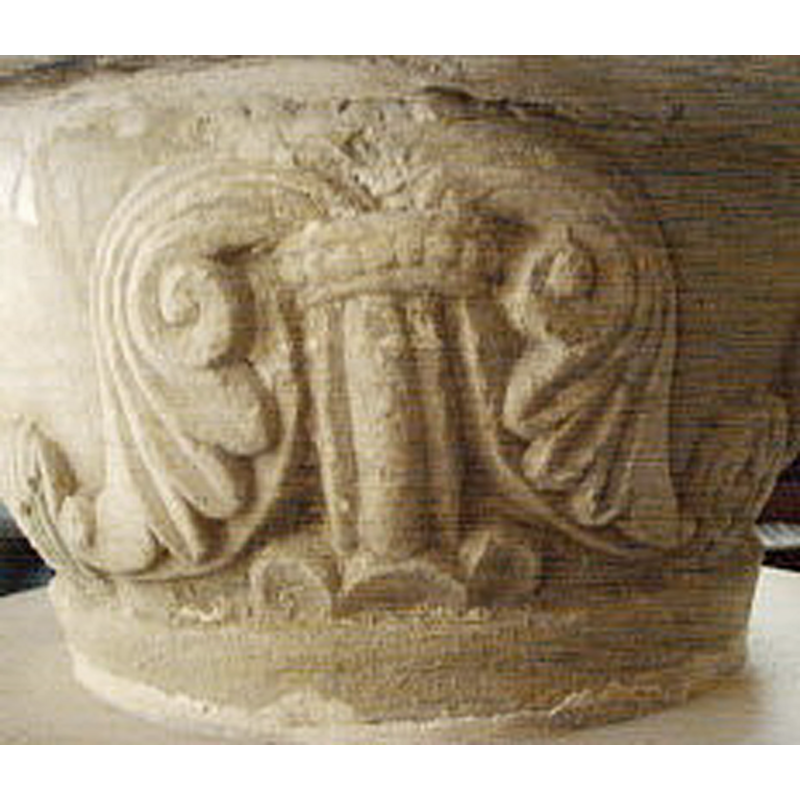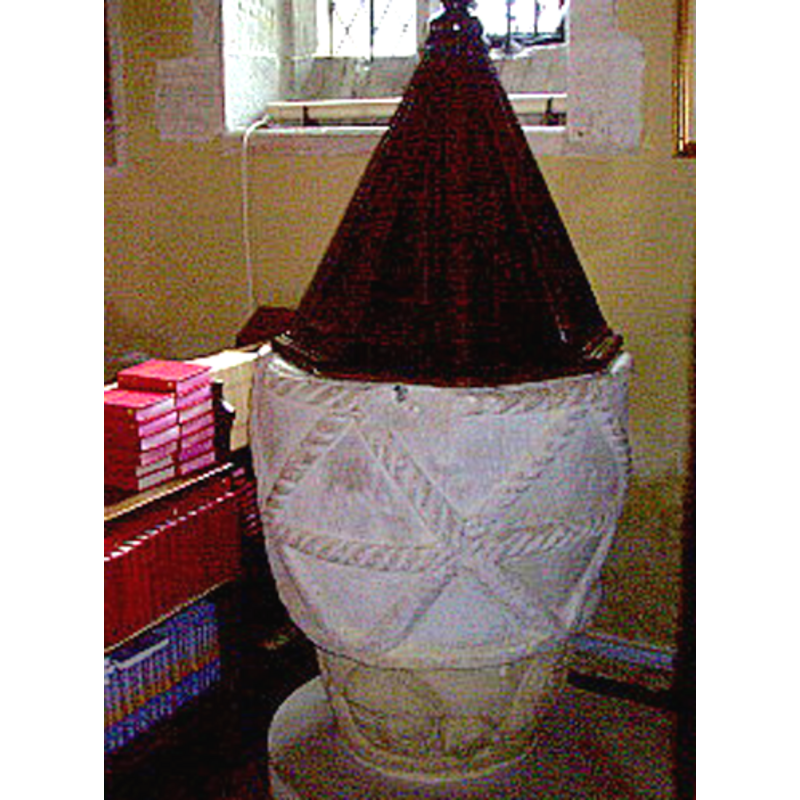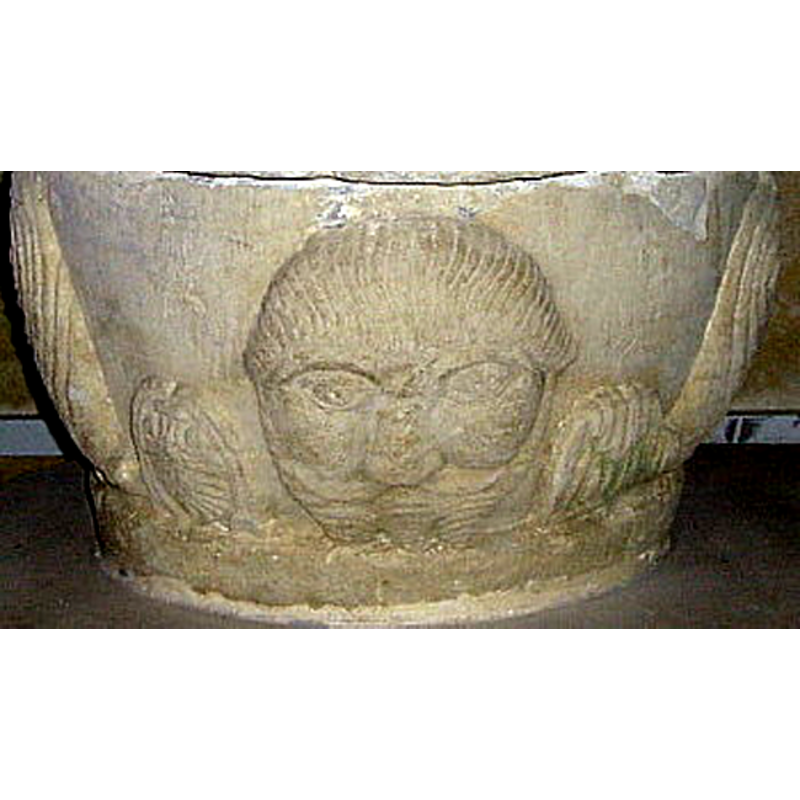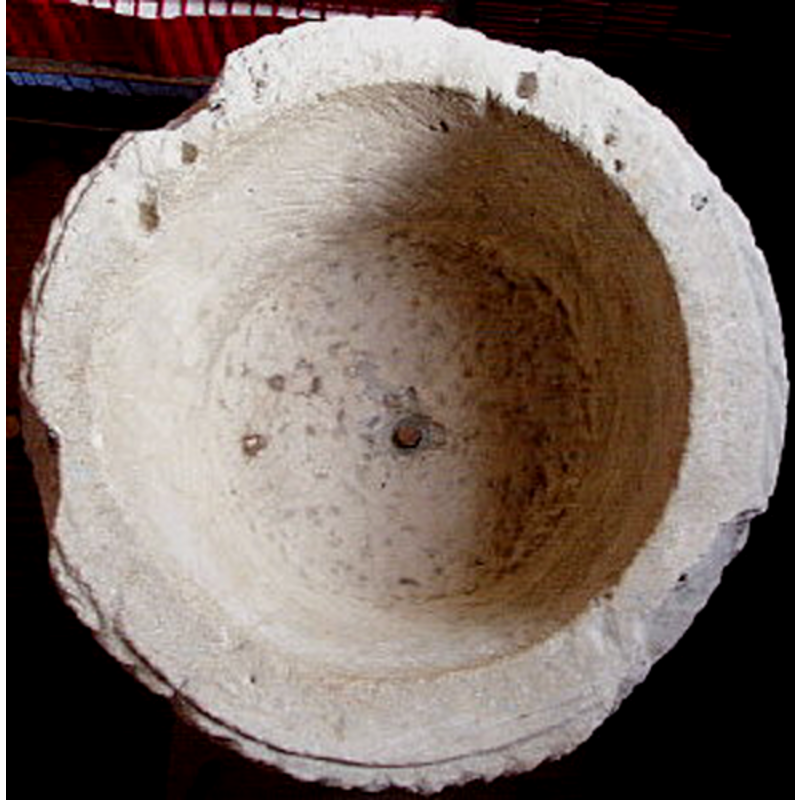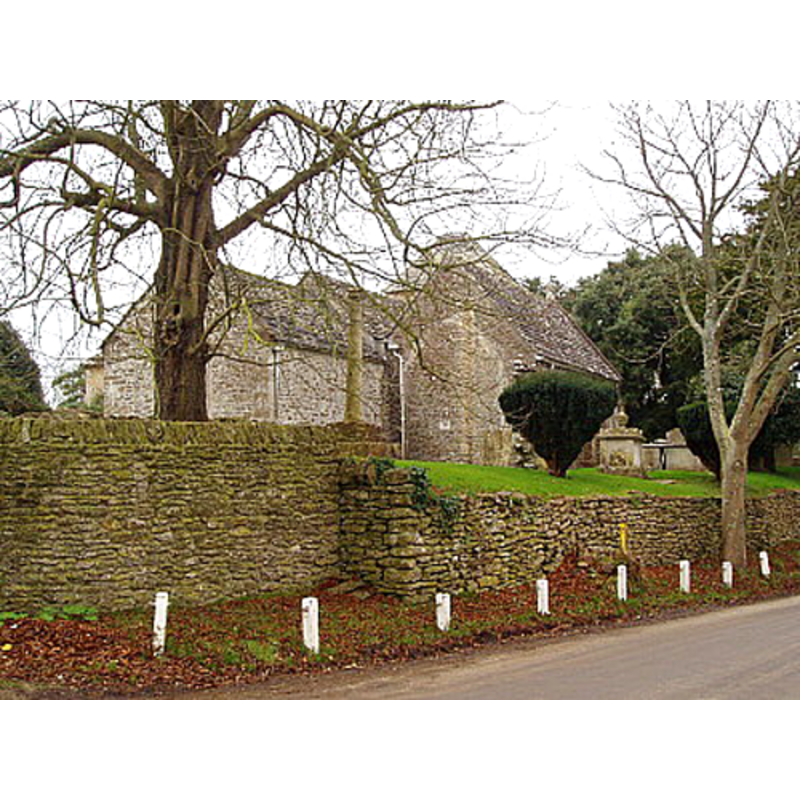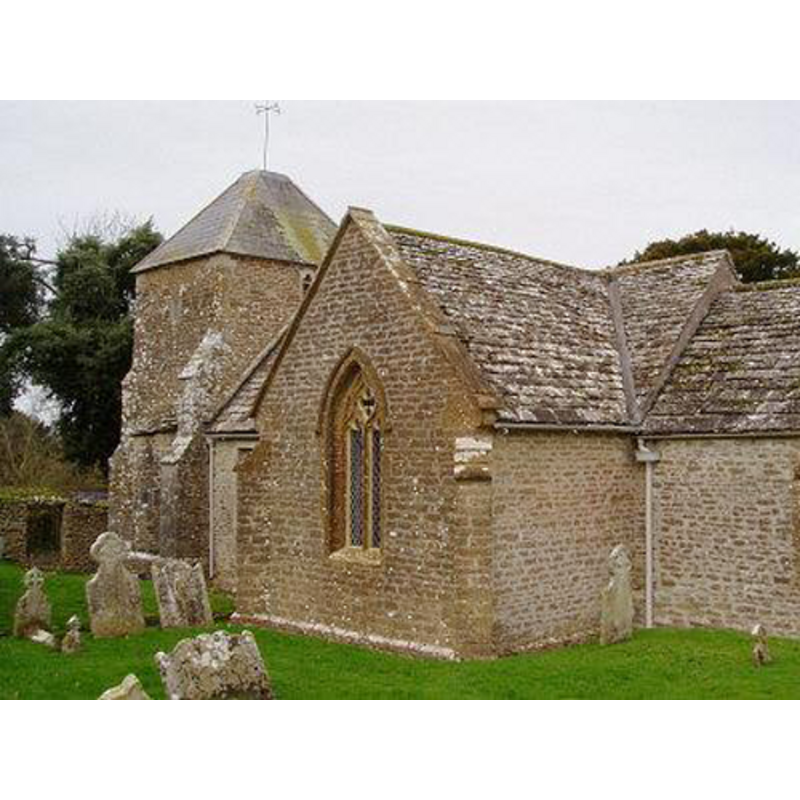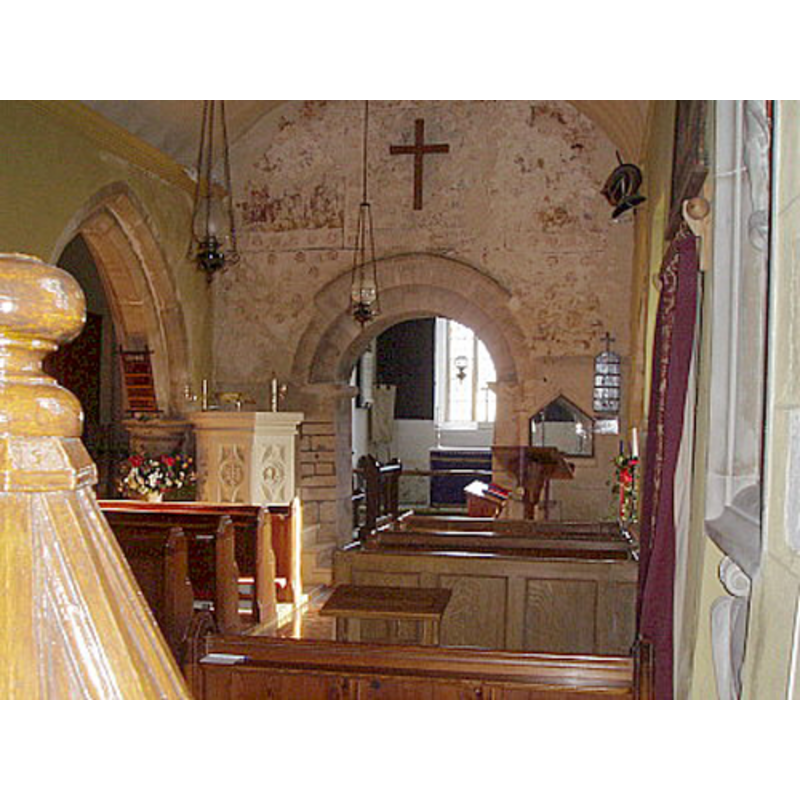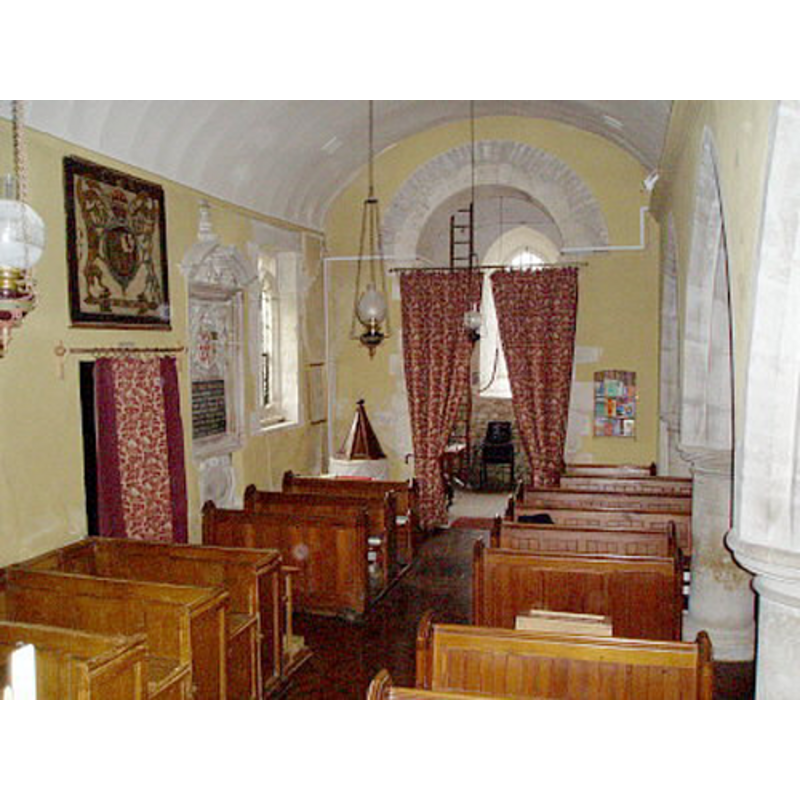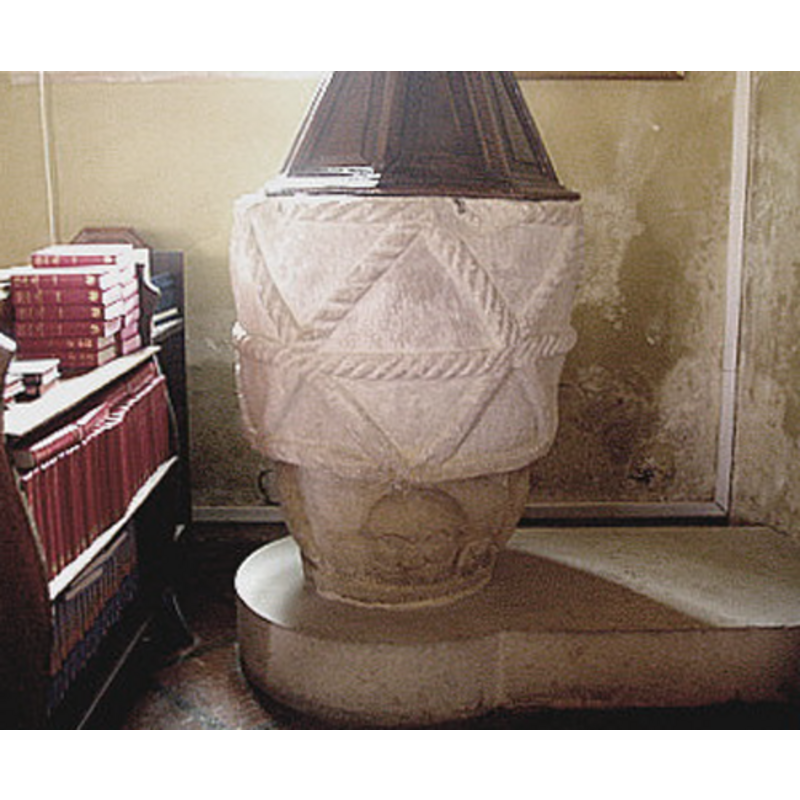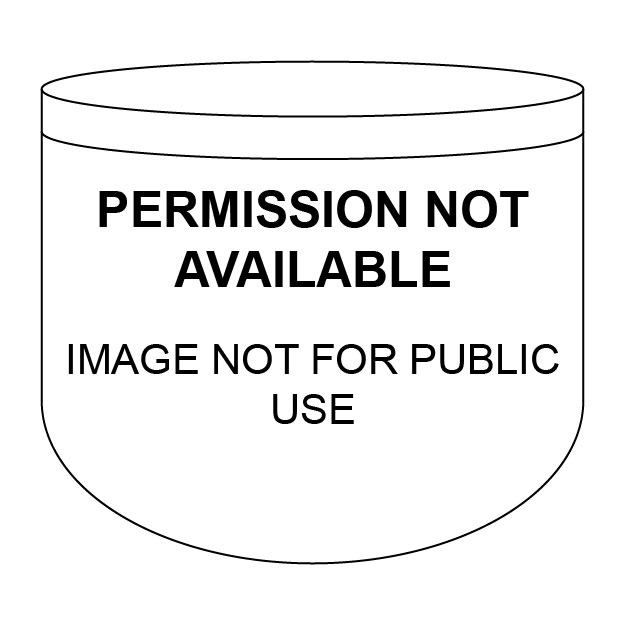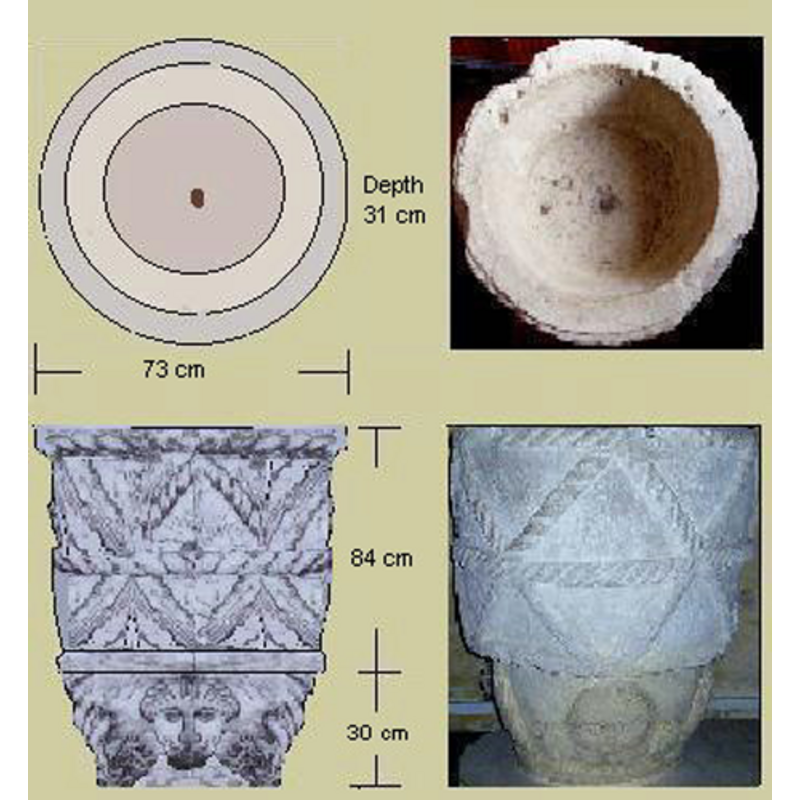Puncknowle / Pomacanole / Puncknoll
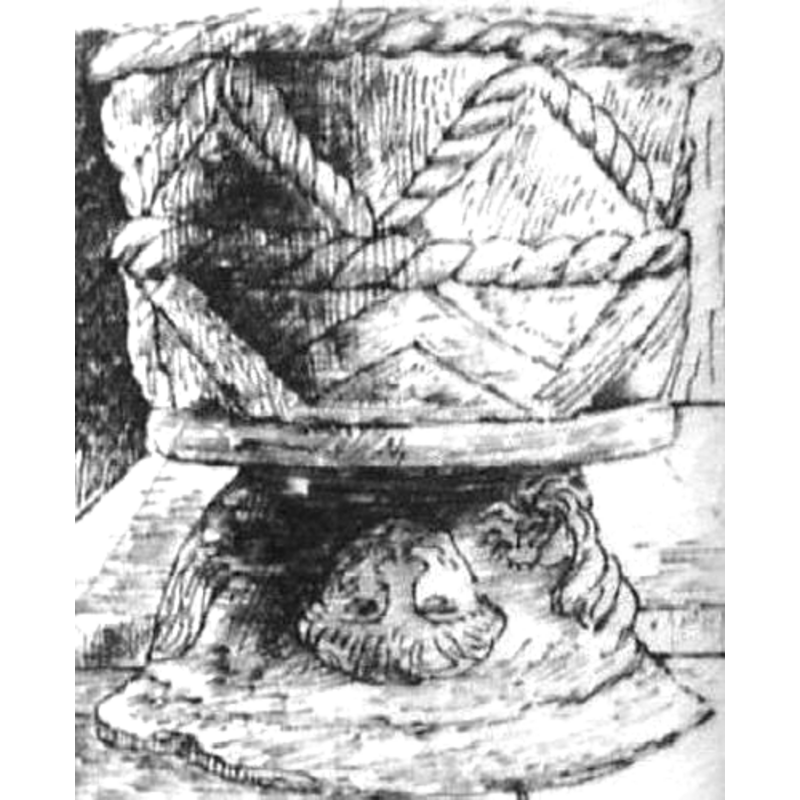
Image copyright © Gerald Duke, 2008
Standing permission
Results: 15 records
design element - motifs - foliage
design element - motifs - foliage - palmette?
design element - motifs - foliage - palmette?
design element - motifs - rope moulding
human figure - head
view of basin - interior
view of church exterior - northwest view
view of church exterior - south view
view of church interior - looking east
view of church interior - looking west
view of font
view of font
Scene Description: the composite font showing the lower volume upside down, as it was originally installed prior to the 19th-century restoration [cf. Font notes]
Copyright Statement: Image copyright © Gerald Duke, 2008
Image Source: digital photograph in Gerald Duke [www.martinstown.co.uk]
Copyright Instructions: Standing permission
view of font
view of font - plan, elevation, section and sketch
INFORMATION
FontID: 09366PUN
Object Type: Baptismal Font1
Church/Chapel: Parish Church of St. Mary the Blessed Virgin [base originally from St. Giles' at Westy Bexington]
Church Patron Saints: St. Mary the Virgin
Church Location: Puncknowle, Dorchester DT2 9BN, UK -- Tel.: +44 1308 898799
Country Name: England
Location: Dorset, South West
Directions to Site: Located just E of Swyre, 10 km SE of Bridport [West Bexington is on the B3157, 1-2 km S of Puncknowle]
Ecclesiastic Region: Diocese of Salisbury
Historical Region: Hundred of Huggescombe
Font Location in Church: Inside the church, in the W end of the nave [base orig. from West Bexington]
Century and Period: 12th - 13th century [both basins], Late Norman
Credit and Acknowledgements: We are grateful to Gerald Duke, of www.martinstown.co.uk, and to Robin Adeney and The Dorset Historic Churches Trust [www.dorsethistoricchurchestrust.co.uk], for the photograph of this font
Font Notes:
Click to view
There is an entry for Puncknowle [variant spelling] in the Domesday survey [https://opendomesday.org/place/SY5388/puncknowle/] [accessed 5 December 2019] but it mentions neither cleric nor church in it. A font here is noted in the 3rd ed. of Hutchins (1973 c1861-1874): "The large font is probably Norman. Its bowl is ornamented with intersecting cable-moulding; the stem is formed apparently of the inverted capital of a large circular column, which has a bold face and foliage sculptured on it. Query, is this portion Saxon?". Described in Holmes (1922): "old Norman font covered with carvings of interlaced ropes and heads". Listed in Long (1923) as a baptismal font of the Norman period. Mee (1939) writes: "the curious font is really two, the lower half carved with crude heads having come from Bexington church burned down by the French in the 16th century; the top half, with cable moulding, is Norman." In Newman & Pevsner (1972): "Font. Norman, very large bowl with stars of [sic] rope moulding." Described and illustrated in The Dorset Page as a 12th-century font that sits on 17th-century monument [source: http://www.thedorsetpage.com/locations/Place/P190.htm]. The font, which is actually made up of two unrelated basins, has a roughly barrel-shaped basin decorated with three horizontal rope mouldings (upper rim, middle and lower rim), criss-crossed with diagonal mouldings of the same type across the basin surface; the lower volume or base, which was originally a basin of the font at nearby West Bexington, is narrower and almost hemispherical in shape, decorated with one large human head and three foliage scrolls. The plinth -which is probably the "monument" referred to in The Dorset Page, has a round head -on which the font sits- and a rectangular prolongation which serves now as 'priest's' or 'kneeling' stone. The font cover, like the one at Puddleton, is octagonal with panelled sides and a ball finial. Described and fully illustrated in Gerald Duke [www.martinstown.co.uk], who notes that the lower volume had been originally installed upside-down, but was reversed during the 19th-century restoration work in the church; this lower volume is also missing part of its upper end, which may have been trimmed off to serve as base to the Puncknowle basin.
COORDINATES
Church Latitude & Longitude Decimal: 50.69559, -2.659714
Church Latitude & Longitude DMS: 50° 41′ 44.12″ N, 2° 39′ 34.97″ W
UTM: 30U 524034 5616029
MEDIUM AND MEASUREMENTS
Material: stone, limestone
Number of Pieces: two
Font Shape: barrel-shaped (mounted)
Basin Interior Shape: round
Basin Exterior Shape: round
Rim Thickness: 9 cm*
Diameter (inside rim): 55 cm*
Diameter (includes rim): 73 cm*
Basin Depth: 31 cm*
Basin Total Height: 54 cm*
Height of Base: 30 cm*
Font Height (less Plinth): 84 cm*
Notes on Measurements: * [all measurements courtesy of Gerald Duke [www.martinstown.co.uk]]
LID INFORMATION
Date: 19th century?
Material: wood, oak
Apparatus: no
Notes: [cf. FontNotes]
REFERENCES
Great Britain. Royal Commission on Historical Monuments, Royal Commission on Historical Monuments in the County of Dorset, London: H.M. Stationary Office, 1970
Holmes, Edric, Wanderings in Wessex: an Exploration of the Southern Realm from Itchen to Otter, London: Robert Scott Roxburghe House, [1922]
Hutchins, John, The History and Antiquities of the County of Dorset, Wakefield: E.P. Pub. Ltd., 1973
Long, E.T., "Dorset church fonts", 44, Proceedings of the Dorset Natural History and Antiquarian Field Club, 1923, pp. 62-76; p. 75
Mee, Arthur, The King's England. Dorset: Thomas Hardy's Country, London: Hodder & Stoughton, 1939
Pevsner, Nikolaus, Dorset, Harmondsworth: Penguin, 1972
